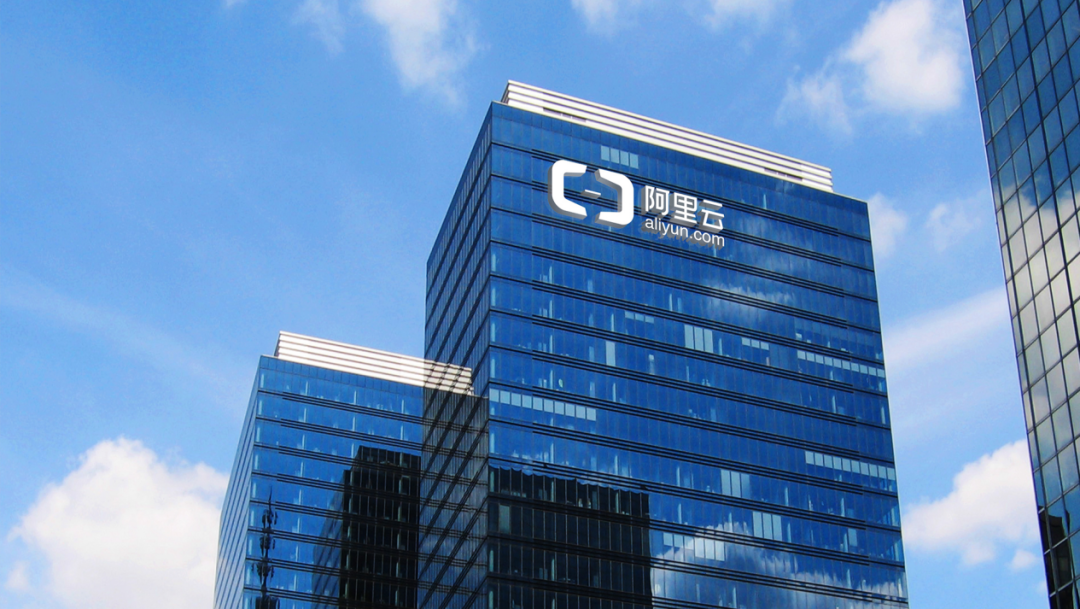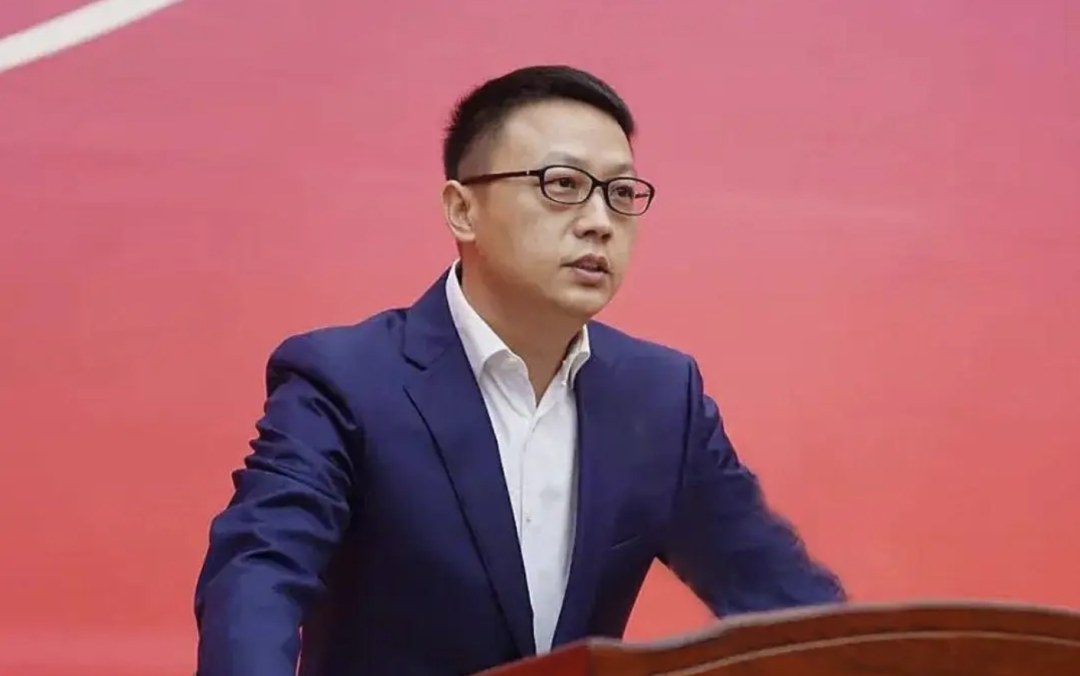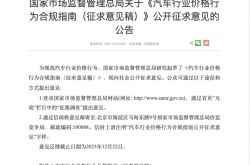Alibaba Cloud's Q1 Financial Report Highlights AI's Growing Impact
![]() 05/22 2025
05/22 2025
![]() 713
713

Written by Shen Rufeng, Layout by Liu Qingxue, Produced by Ofweek
As the global tech community debates the potential of AI to disrupt traditional industries, Alibaba's financial report presents a different narrative: not disruption, but symbiotic growth.
On May 15, Alibaba Group announced its latest quarterly earnings, showcasing Alibaba Cloud's robust momentum with an 18% year-on-year revenue increase to RMB 30.127 billion, marking the fastest growth rate in three years. Notably, AI-related product revenue has maintained triple-digit year-on-year growth for the seventh consecutive quarter, akin to a traditional enterprise doubling its output at a "rocket" pace every quarter for two straight years.
Wu Yongming, CEO of Alibaba Group, stated, "In the future, we will steadfastly focus on our core businesses and propel AI+Cloud as a new growth engine for our long-term development."
While this may initially sound like a slogan, the real-world applications, such as BMW utilizing Alibaba's Tongyi large model to train its intelligent cockpit and the Industrial and Commercial Bank of China migrating its core database to Alibaba Cloud, underscore that this technological revolution is no longer confined to lab "PPT stories" but has become the lifeblood of the business world, quietly yet powerfully transforming industries.
01 AI Large Models Fuel Computing Power Demand
A decade ago, cloud computing primarily sold storage and computing power, billed on-demand like utilities. A decade later, Alibaba Cloud consistently emphasizes "AI-driven" in its financial reports.
Behind this shift lies a logical chain: the proliferation of large models drives a surge in computing power demand, which, in turn, necessitates the upgrading of cloud services.

For instance, automakers require AI to train autonomous driving models, but their in-house servers can't handle the strain of models with hundreds of billions of parameters, necessitating a "move to the cloud." Alibaba Cloud's Tongyi large model now serves giants such as OPPO, Xiaopeng, and China Construction Bank, and is even leveraged by BMW to develop a new generation of AI engines.
Even more impressive is Alibaba's open-source strategy. As of the end of April, the Tongyi series had open-sourced over 200 models, with over 300 million global downloads. Even the programmer-favorite code assistant, "Tongyi Lingma," has become a standard configuration for enterprises—this effectively opens up Alibaba's technology arsenal to global developers, enhancing its reputation and solidifying its ecosystem.
02 From "Showroom" to "Commercial Housing"
If AI applications were still in the "demo" stage two years ago, they have now transitioned into a period of large-scale replication.
Take the Tongyi large model, for example; it has provided services to numerous large enterprises and institutions, encompassing mobile phone brands like OPPO and vivo, new energy vehicle manufacturers like Xiaopeng and NIO, and financial institutions such as China Construction Bank and China Merchants Bank. Even home appliance giants like Haier and Midea, along with internet platforms like Weibo and Ctrip, are leveraging the Tongyi large model.
Moreover, the penetration rate of cloud computing is also on the rise. The Industrial and Commercial Bank of China has officially selected Alibaba Cloud's PolarDB database as its bank-wide transactional distributed database. The new-generation postal and delivery cloud platform jointly built by China Post and Alibaba Cloud carries over 90% of key applications.
This penetration has even altered the rules of the game in traditional industries. For instance, in retail, Taobao utilizes the AI advertising tool "Full-Site Promotion" to double the efficiency of merchants' ad placements. Meanwhile, the international e-commerce platform AliExpress directly employs AI algorithms to predict popular products, achieving significant order growth this quarter.
No wonder Wu Yongming boldly asserts, "In the next three years, we will invest over RMB 380 billion to build cloud and AI hardware infrastructure."
03 Open Source and Ecosystem
The growth formula of Alibaba Cloud is underpinned by a hidden thread of "technology democratization."
While other companies treat large models as trade secrets, Alibaba has unveiled a new generation of open-source model Qwen3 (abbreviated as Qianwen 3), which comprehensively surpasses global top models like GPT-4 and OpenAI-o1, topping the list of the world's most potent open-source models.

As a result, global developers have flocked to it, with over 100,000 derivative models of Qianwen, making it the world's largest open-source model family. This approach might initially seem like "losing money to make a noise," but it actually fortifies a competitive moat—much like how the Android system dominates the mobile phone market through open source.
Alibaba's strategy is even more astute in turning technology implementation into "collective creation." For example, Tongyi Lingma, ostensibly a code assistant, has become a "stepping stone" for enterprises' digital transformation. Tens of thousands of enterprises have utilized it to generate 3 billion lines of code, essentially "infusing" Alibaba Cloud's technical capabilities into customers' business processes.
Conclusion: When Technology Becomes the "Infrastructure" of Business
Alibaba Cloud's financial report is essentially a testament to the success of "technology inclusion." It underscores one crucial fact: AI is not a concept floating in the air but a root deeply embedded in the soil.
When BMW's cars, China Merchants Bank's code, and the State Grid's dispatching system all operate on the same technical foundation, the rules of business competition are being rewritten—the future winners will not be the companies with the most algorithms but the ecosystem builders who can permeate technology into the very fabric of industries, akin to water and electricity.
"AI+Cloud is a long-term growth engine." In the realm of technology, there are no lone heroes, only symbiotic networks. And those enterprises that have installed this "engine" across thousands of industries are already at the forefront of the future.






